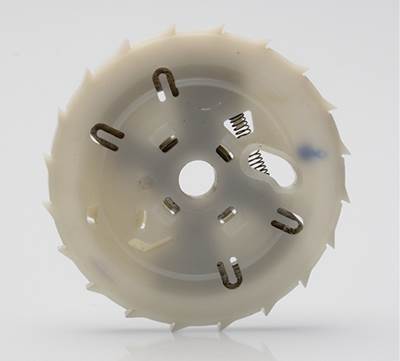Materials Know How
Melt Flow Rate Testing – Part 2
To fully appreciate the strengths and weaknesses of the melt-flow-rate (MFR) test it is important to know something about the way the test is performed.
Read MoreDimensional Stability after Molding—Part 5
All materials possess a property called the coefficient of thermal expansion (CTE). The vast majority of materials increase in size as their temperature increases and decrease in size as their temperature declines.
Read MoreDimensional Stability After Molding: Part 4
In the first three parts of this series we focused on those influences that cause molded parts to get smaller. But there are environmental factors that also cause parts to increase in size over time.
Read MoreDimensional Stability after Molding—Part 3
Any process that involves melting and re-solidifying a polymer involves a compromise between achieving the perfect structure and producing a part that can be sold at a price that the market is willing to pay.
Read MoreDimensional Stability After Molding—Part 2
After molding, acetal parts can continue to shrink at room temperature and even in the cold.
Read MoreDimensional Stability After Molding: Part 1
The degree to which molded parts shrink as they cool is largely dependent upon the composition of the material being processed.
Read MorePBT & PET Polyester: Part 2 The Performance Factor
All things being equal, PET will outperform PBT mechanically and thermally. But the processor must dry the material properly and must understand the importance of mold temperature in achieving a degree of crystallinity that allows the natural advantages of the polymer to be realized.
Read MoreUse MFR Cautiously with Filled Materials
If melt flow rate tests are used to evaluate the effect of processing on the average molecular weight of the polymer, the applicable rules must consider the contribution of the filler to the test result.
Read MoreWhen It Comes to Nylon, Don’t Do the Math
Chemistry is seldom as simple as it looks. Polymer chemistry takes the complexity up a notch. Nylon chemistry is about much more than doing the math.
Read More

















